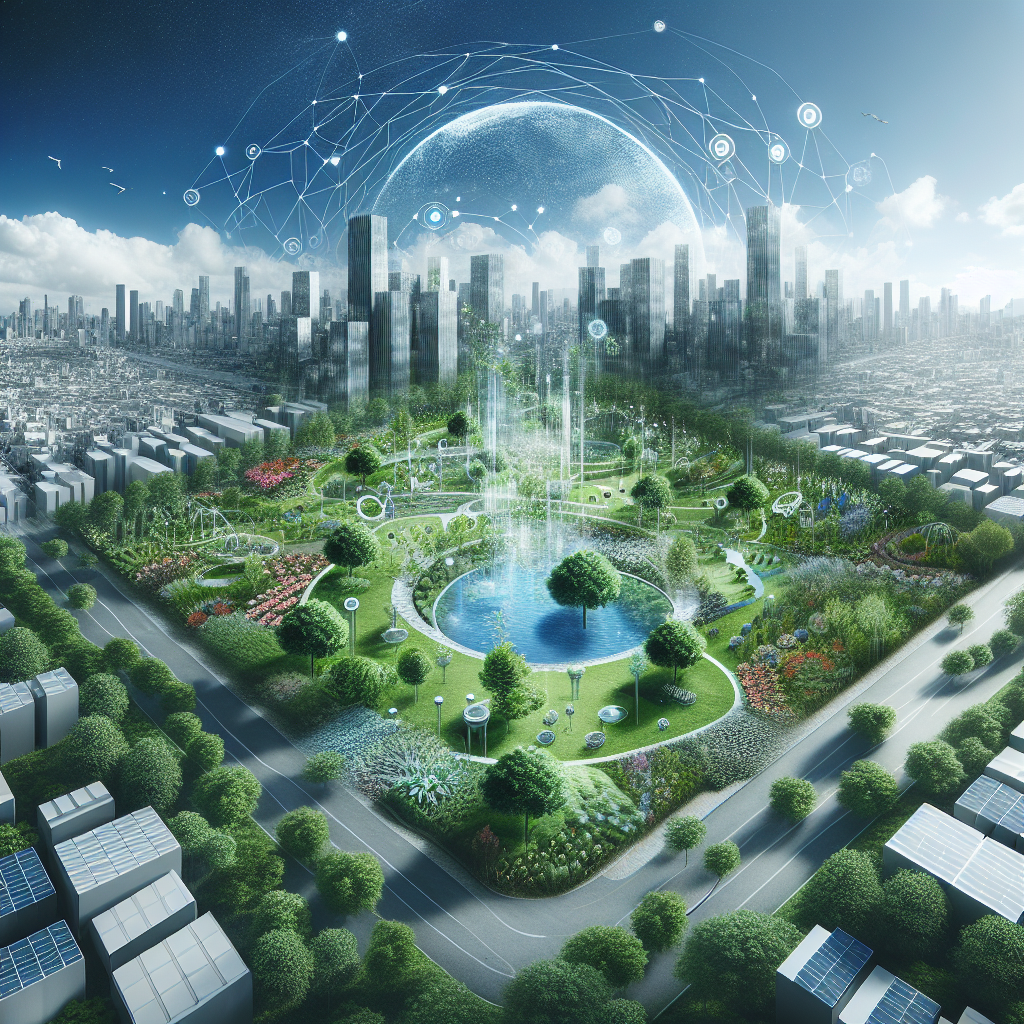AI and Landscape Architecture: Designing Sustainable Spaces
Artificial Intelligence (AI) is revolutionizing industries around the world, and landscape architecture is no exception. With the increasing focus on sustainability and environmental conservation, AI is being used to design and create sustainable spaces that are not only aesthetically pleasing but also environmentally friendly.
AI in landscape architecture involves the use of algorithms and machine learning to analyze data and optimize design solutions. By incorporating AI into the design process, landscape architects can create more efficient and sustainable landscapes that minimize environmental impact and maximize functionality.
One of the key benefits of using AI in landscape architecture is the ability to analyze large amounts of data quickly and accurately. This allows designers to take into account a wide range of factors, such as soil conditions, climate patterns, and water availability, when creating a design. By using AI to analyze this data, designers can create landscapes that are better suited to their environment and have a lower impact on the surrounding ecosystem.
Another advantage of AI in landscape architecture is the ability to optimize design solutions. By using machine learning algorithms, designers can quickly generate and evaluate multiple design options to find the most efficient and sustainable solution. This can help reduce costs and minimize waste, while also improving the overall quality of the design.
AI can also be used to monitor and manage landscapes once they are built. By incorporating sensors and other technology into the design, landscape architects can collect data on how the landscape is performing and make adjustments as needed. This can help ensure that the landscape remains sustainable and functional over time.
In addition to improving the sustainability of landscapes, AI can also enhance the aesthetic appeal of designs. By analyzing patterns and trends in design, AI can help designers create more innovative and visually striking landscapes that are tailored to the needs of the users.
Overall, the integration of AI into landscape architecture has the potential to revolutionize the field and create more sustainable and efficient landscapes. By leveraging the power of AI, designers can create landscapes that are not only beautiful but also environmentally friendly and functional.
FAQs:
Q: How does AI benefit landscape architecture?
A: AI benefits landscape architecture by allowing designers to analyze large amounts of data quickly and accurately, optimize design solutions, monitor and manage landscapes, and enhance the aesthetic appeal of designs.
Q: How is AI used in landscape architecture?
A: AI is used in landscape architecture to analyze data, optimize design solutions, monitor and manage landscapes, and enhance the aesthetic appeal of designs.
Q: What are the advantages of using AI in landscape architecture?
A: The advantages of using AI in landscape architecture include improved sustainability, efficiency, cost-effectiveness, and aesthetic appeal of designs.
Q: How can AI help create sustainable landscapes?
A: AI can help create sustainable landscapes by analyzing data on soil conditions, climate patterns, and water availability, optimizing design solutions, monitoring and managing landscapes, and enhancing the aesthetic appeal of designs.
Q: What are some examples of AI in landscape architecture?
A: Some examples of AI in landscape architecture include using machine learning algorithms to optimize design solutions, incorporating sensors and technology into designs to monitor and manage landscapes, and analyzing patterns and trends in design to enhance the aesthetic appeal of landscapes.

